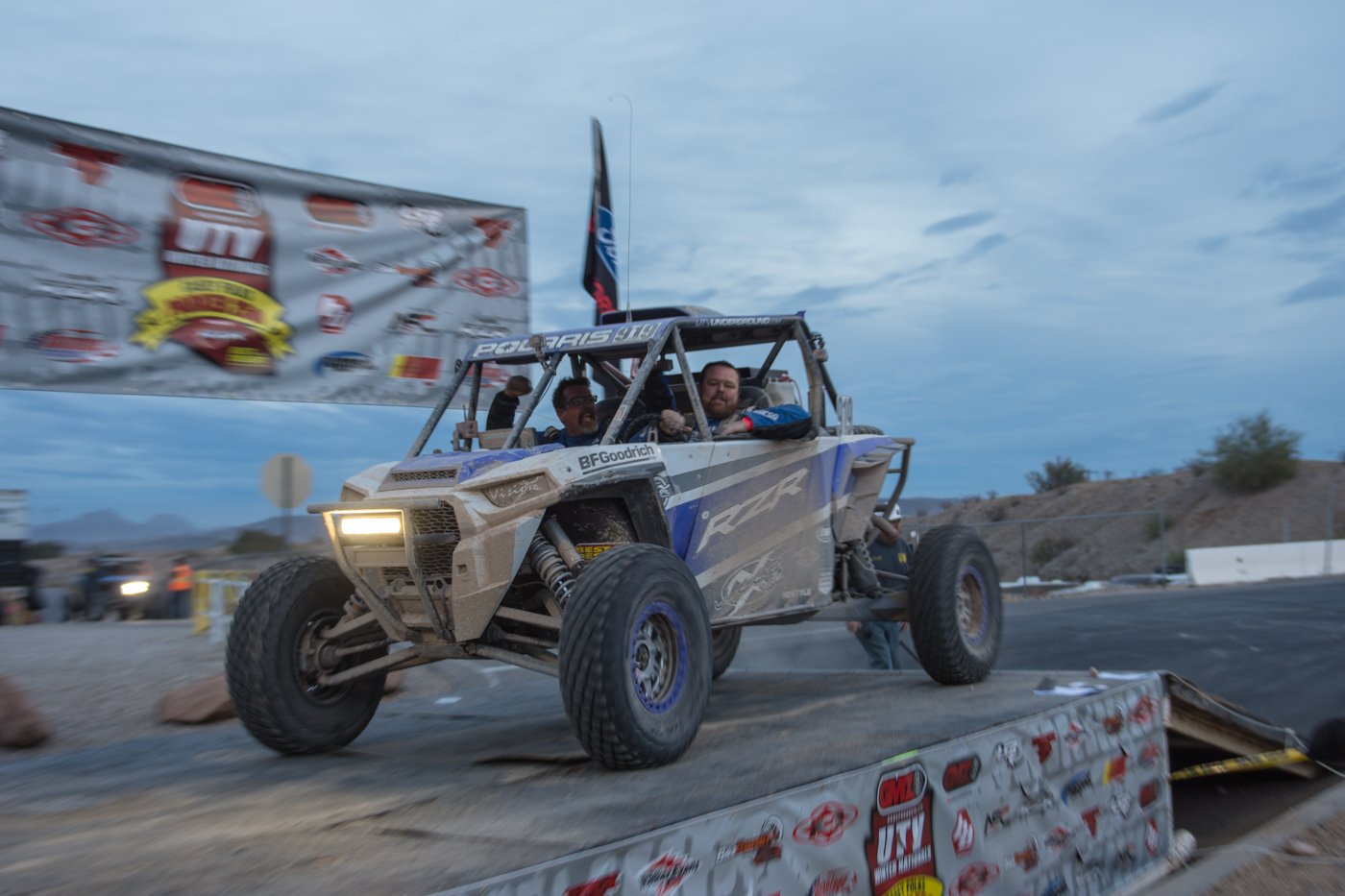Snowboards, skis, skates, snowshoes, and snowmobiles aren’t the only sports equipment seeing heavy action this time of year. January kicks off the desert racing season in the southwestern U.S. and Mexico. Motorcycles, trucks, and side-by-sides vie for honors in grueling desert racing competitions.

Polaris RZR Factory Racing had three first-place finishes in the season-opener race, the GMZ UTV Winter Nationals Casy Folks Parker 250. Polaris-sponsored racers had first-place finishes in the turbo class, production desert class, and short course class. The field winner, Polaris RZR Factory Racing racer Brandon Schueler of Jagged X Racing, is on a streak. Schueler also won the Score 50th Baja 1000 last November.
Two desert racing organizations schedule off-road races: the Best in the Desert Racing Association (BITD) and Score International Off-Road Racing. The Score professional 2018 race schedule of events in California and Mexico includes the 32nd annual San Felipe 250 in April, the 50th Baja 500 in May and June, the 22nd Score Desert Challenge in September, and the 51st Score Baja 1000 in November.
BITD’s nine-event schedule starts in January and ends in December. All BITD races are in Arizona and Nevada. Five of the races include one or two-day “Pre-Fun Runs” or Family Poker Runs on days prior to the main events. One of the BITD events, the Motion Pro Nevada 200 Trail Ride is a non-competitive motorcycle-only off-road adventure ride. The rest of the BITD races are competitive races to earn Championship points. Race classes include cars and trucks, motorcycles, and UTVs (another term for side-by-sides that carry two to six passengers).
The Polaris RZR Factory Racing team video below was made following the 2017 BITD Mint 400.
Side-by-side desert racing, which I got to experience this past fall with a Polaris RZR XP Turbo EPS Dynamix at Zero1 in Las Vegas, is fun solo or in organized events. Even when you’re racing against yourself for time or speed, the right vehicle makes all the difference. As with flat track racing, you don’t have to be a pro to have a lot of fun and amateur events often accompany the pro races.





